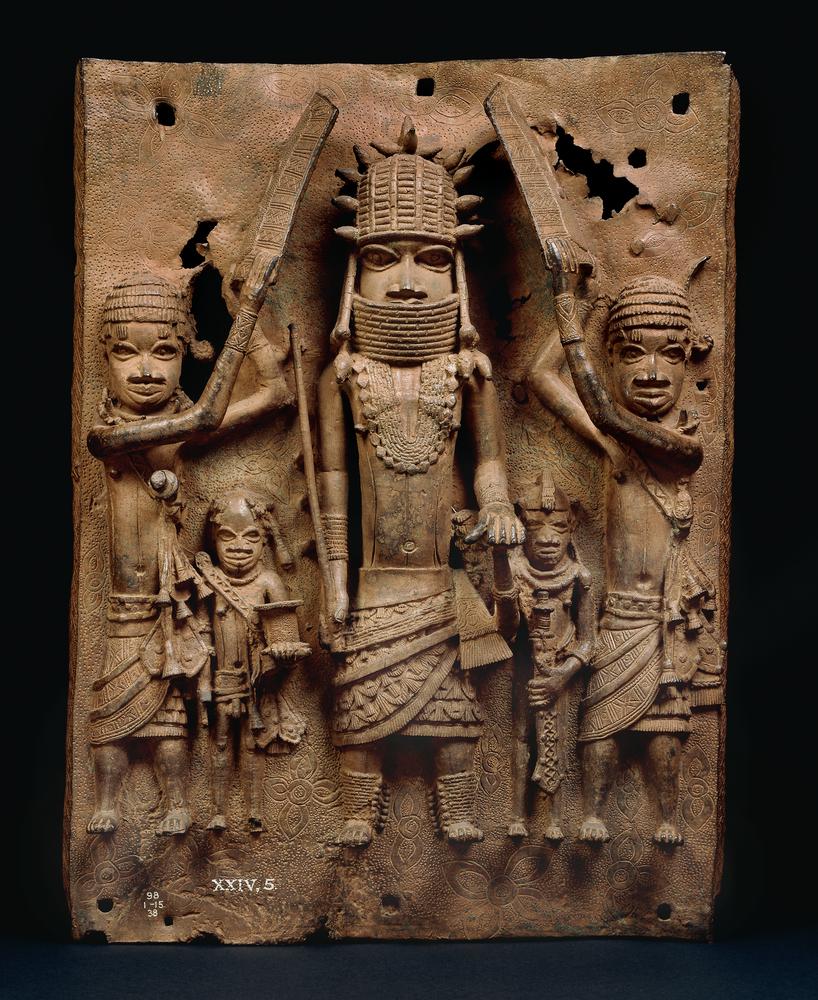The Ethics Of Archaeology
By Something CuratedArchaeology, the study of humanity’s history through the analysis of material culture, has captivated the human imagination for centuries. Unearthing ancient artefacts, revealing lost civilisations, and deciphering the mysteries of our ancestors’ lives have all contributed to a richer understanding of our collective heritage. As the field has evolved, so too have conversations about the ethics surrounding the ownership, preservation, and repatriation of these valued relics. Repatriation involves restoring cultural assets, frequently encompassing antiquities or unlawfully acquired artwork, to their nation of origin, their original possessors, or their descendants. The items in question are tangible remnants of a community or civilisation that were seized by another group, often through acts of plunder, within contexts like imperialism, colonialism, or warfare. The items subject to dispute encompass a diverse array, ranging from sculptures, paintings, and monuments to items like tools or weaponry utilised for anthropological investigation, as well as human remains.

The pillaging of cultural heritage from vanquished societies during times of conflict has been a recurrent practice since ancient eras. In the past, colonial powers and early archaeologists often considered themselves the rightful owners of artefacts found on foreign soil, leading to a legacy of cultural theft and exploitation. Many artefacts were removed from their original contexts and transported to museums and private collections in other countries. During the onset of the 21st century, discussions concerning the colonial origins of acquisitions made by Western institutions have revolved around viewpoints supporting and opposing repatriation efforts. Following the issuance of the French report on the restitution of African cultural heritage in 2018, these discussions have garnered heightened global focus, prompting shifts in the public function of museums and instigating restitutions grounded in ethical considerations rather than solely legal parameters.
In November 2019, France announced its intention to return 26 looted artefacts to Senegal, including a saber and scabbard that had belonged to a 19th-century Senegalese religious leader. Later the same year, the British Museum returned a set of bronze sculptures known as the “Benin Bronzes” to Nigeria – though only on a temporary basis. The sculptures had been looted from the Kingdom of Benin during a British military expedition in 1897. In July 2020, Canada returned a collection of more than 80 smuggled artefacts, including ceramics, textiles, and jewellery, to Peru. Then Australia returned a collection of indigenous objects to Papua New Guinea; the items included carved ancestral figures and bark paintings that had been stolen in the 1960s and 70s. In 2021, Germany formally returned the mortal remains of indigenous Herero and Nama people who were killed during the colonial era; the repatriation was part of Germany’s acknowledgment of the genocide committed in the early 20th century.

2023 commenced with the anticipated restitution of an ancient wooden sarcophagus, pilfered nearly 15 years ago from the Abu Sir Necropolis, situated north of Cairo, Egypt. The smuggled artefact traversed through Germany en route to the United States. This remarkable 9.5-foot-long sarcophagus is attributed to an ancient priest named Ankhenmaat and hails from the Late Dynastic Period spanning 664 BCE to 332 BCE. Egypt’s commitment to repatriating looted art and artefacts has yielded encouraging results, exemplified by numerous successful returns. Notably, the year 2021 alone witnessed the restoration of 5,300 pieces to the country, underscoring the government’s diligent efforts in reclaiming its cultural heritage.
Cultural heritage is an integral part of a community’s identity and memory. For many groups, artefacts represent a link to their ancestors and traditions. When these artefacts are separated from their places of origin, a disconnection occurs, disrupting the cultural continuum. While returning artefacts to their countries of origin is a step towards healing historical wounds, there are ways for museums to still serve as platforms for cultural exchange and education. Ideally, repatriation seeks to acknowledge the harm caused by past practices while fostering collaborative relationships between archaeologists, institutions, and communities. The on-going discourse surrounding archaeological ethics underscores the need for a nuanced and balanced approach; it opens avenues for meaningful dialogue and the decolonisation of stewardship. Finding common ground between the preservation of cultural heritage, the rights of communities, and the advancement of knowledge is an on-going endeavour, one that still has a long way to go.
Feature image: Snake head from Benin, 16th century. Photo: Penn Museum